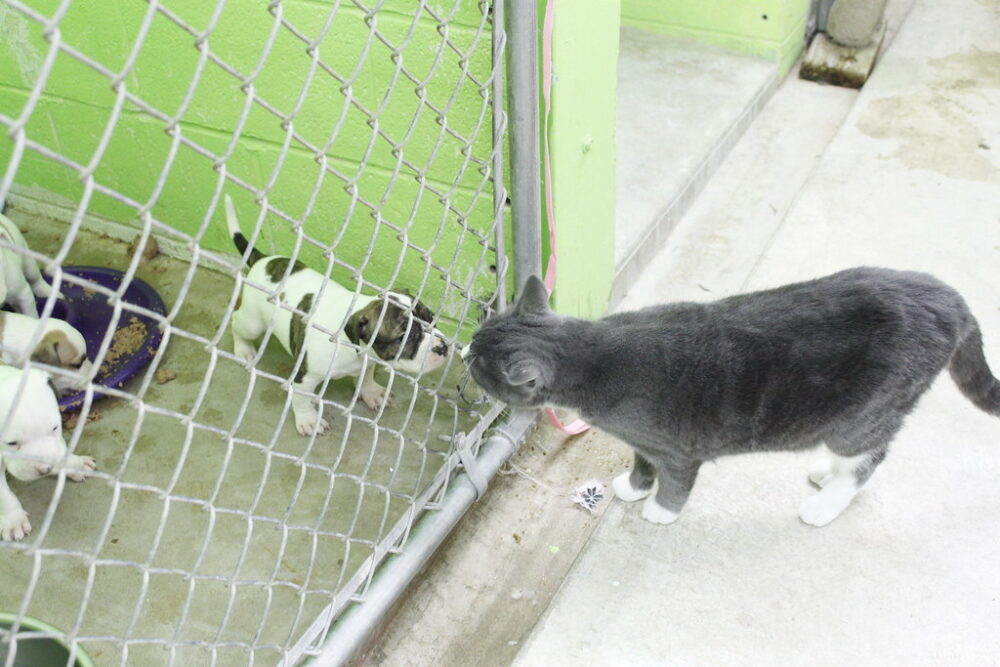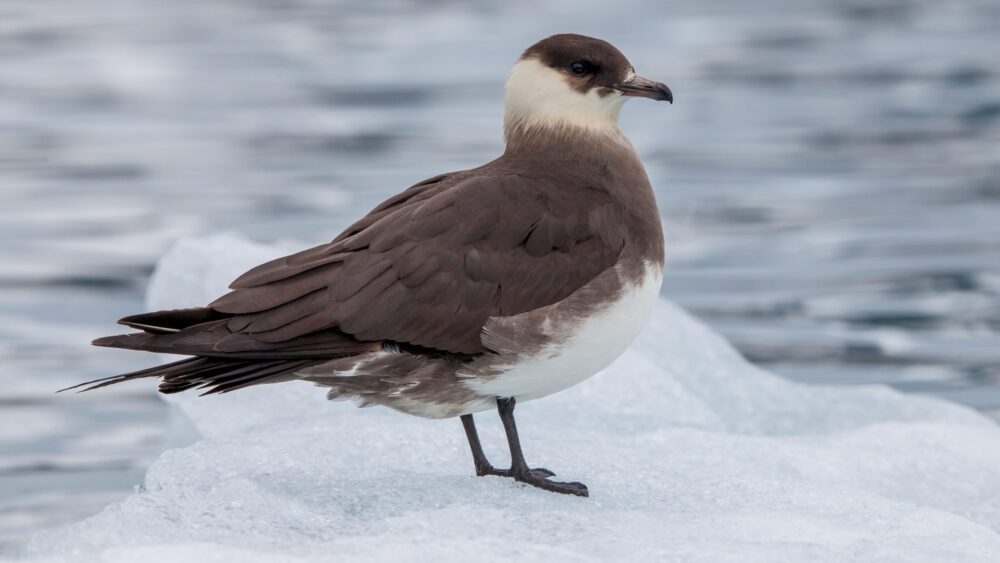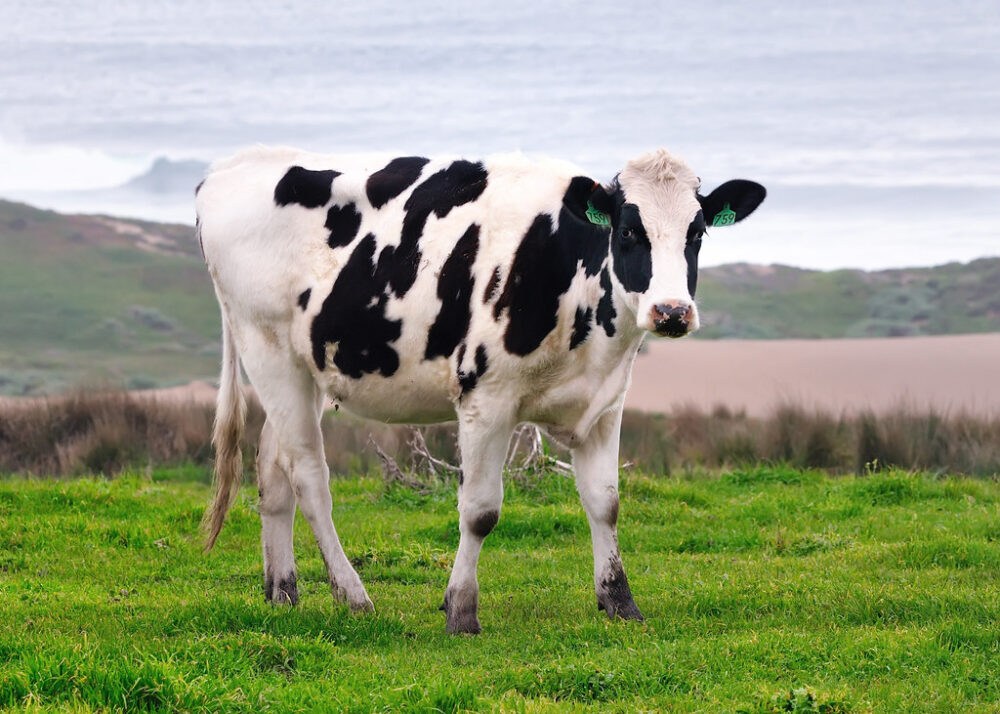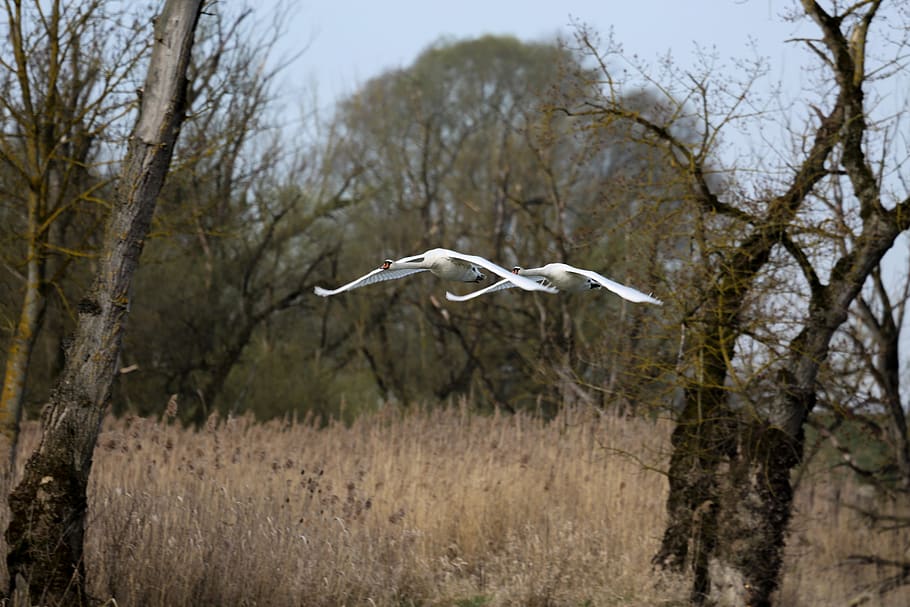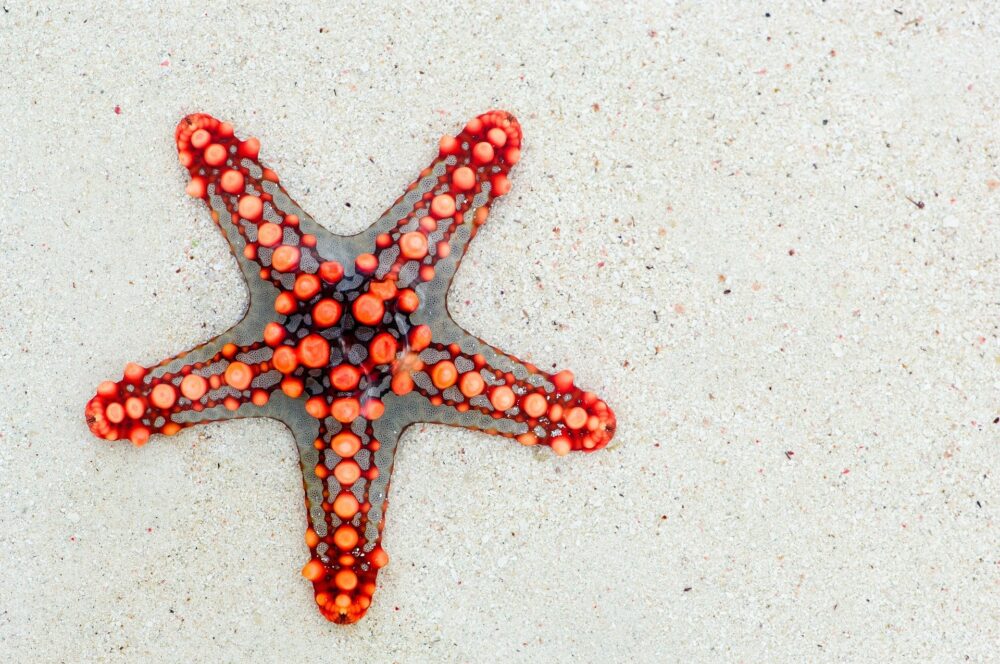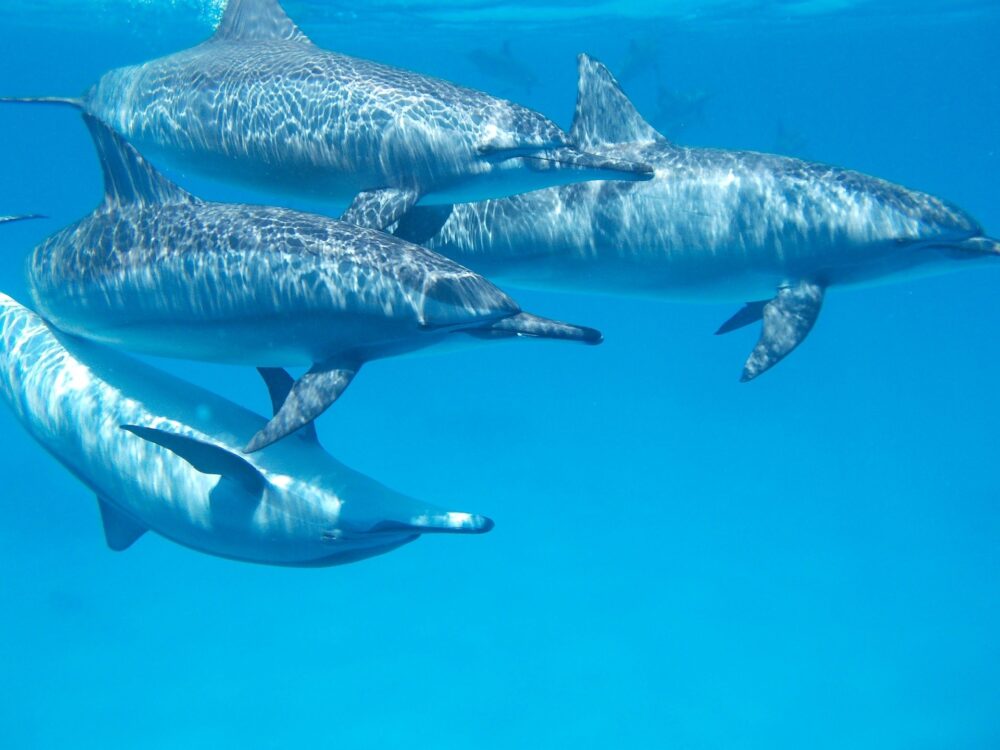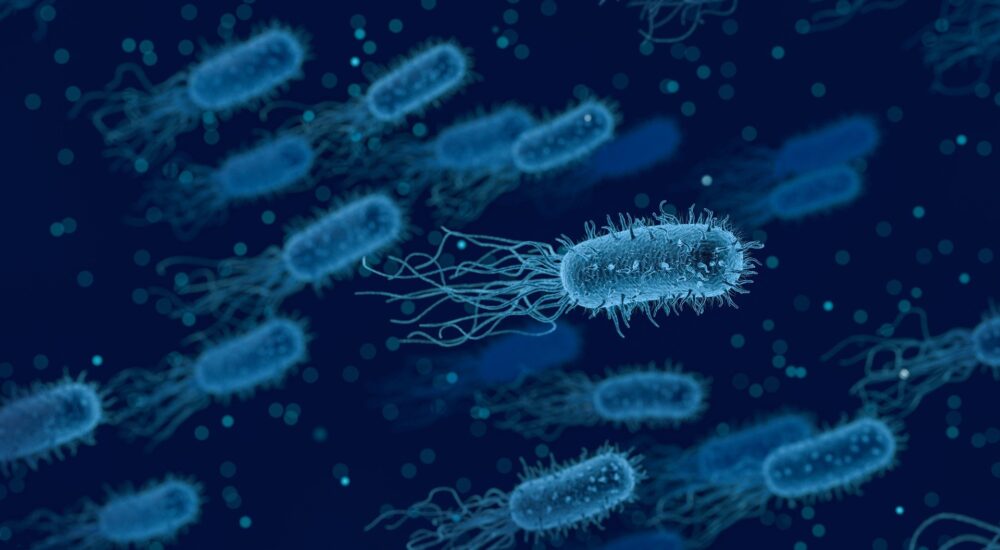Veterinary forensics: Sending criminals to the pound
Nearby a municipal landfill in Oregon, several witnesses discovered the bodies of eight incapacitated bald eagles. Flightless and convulsing, these animals appeared near death and were retrieved by National Fish and Wildlife Forensics Laboratory staff. One eagle was confirmed dead, while the others were moved for supportive care. What was the cause of this loss […]
Veterinary forensics: Sending criminals to the pound Read More »
